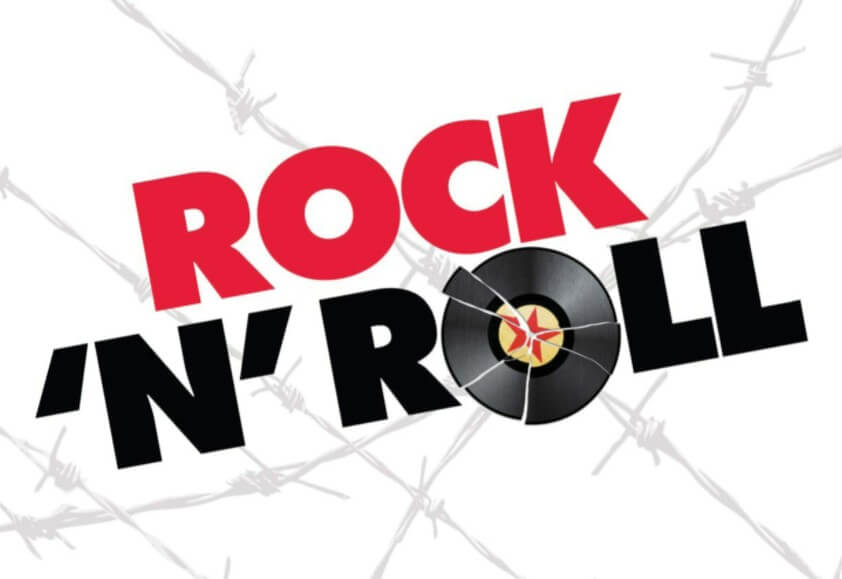Rock-n-Roll
Rock and roll, if personified, would embody the spirit of the eternal teenager, pulsating with energy and rebellion. Born from the fusion of Rhythm and Blues and Country, this genre emerged in the 1950s, spurred by a desire for something new in the wake of bebop’s decline.
Defining Rock and Roll
Rock and roll, a quintessential American subgenre, is characterized by its vibrant rhythm and instrumental melodies. Coined by Alan Freed in 1951, it swiftly gained popularity with hits like “Rock Around the Clock,” marking its unmistakable presence in the music landscape. Rooted in the 1960s, this genre has evolved over the years, resonating with new audiences through social media platforms.

The Historical Tapestry
Rock and roll transcends music; it embodies a cultural movement, a testament to the resilience of the working class and the essence of American history.
From its humble origins in the late 1800s to its global dominance in the mid-20th century, rock and roll narrates the journey of a nation and its people. Its influence spans generations, inspiring countless artists and musicians to craft their own sound.
Legacy and Influence
Associated primarily with the United States, rock and roll found its footing in the 1920s, propelled by the creativity of black musicians from the Caribbean.
Its popularity soared during the 1940s and 1950s, with iconic figures like Elvis Presley and Chuck Berry shaping its trajectory. Today, rock and roll remains the cornerstone of popular music, a testament to its enduring legacy and timeless appeal.

Characteristics of Rock-n-Roll Music
Rock and roll music boasts distinctive characteristics that define its essence:
Short-lived yet impactful: Many bands disband within a few years of their inception, leaving behind a legacy that echoes through generations.
Diverse in style: Often used casually, the term “rock and roll” encompasses a myriad of musical expressions, blending elements of country, pop, blues, and rock into a unique sound that reflects the artist’s individuality.
Rock and roll is characterized by electrifying guitar riffs, powerful vocals, and bold bass lines, with lyrics often centered on a singular theme or emotion, exuding a more assertive tone compared to pop and jazz.

3 Types of Rock-n-Roll
- Developmental Rock Band: These bands typically begin as garage bands and later evolve into more rock-oriented groups.
- Pop Rock Band: This category encompasses bands that play a style of music initially popularized by teen idols such as Elvis Presley, The Beatles, or The Rolling Stones.
- Contemporary Rock Band: These bands are currently popular due to their exceptional performance skills, although they may not enjoy the same level of popularity as their peers.
Conclusion
Rock and roll, born from a fusion of country, blues, and R&B, has left an indelible mark on music history. While its popularity may have waned over time, its enduring influence continues to resonate across diverse musical landscapes, cementing its status as one of the most influential genres of all time.

